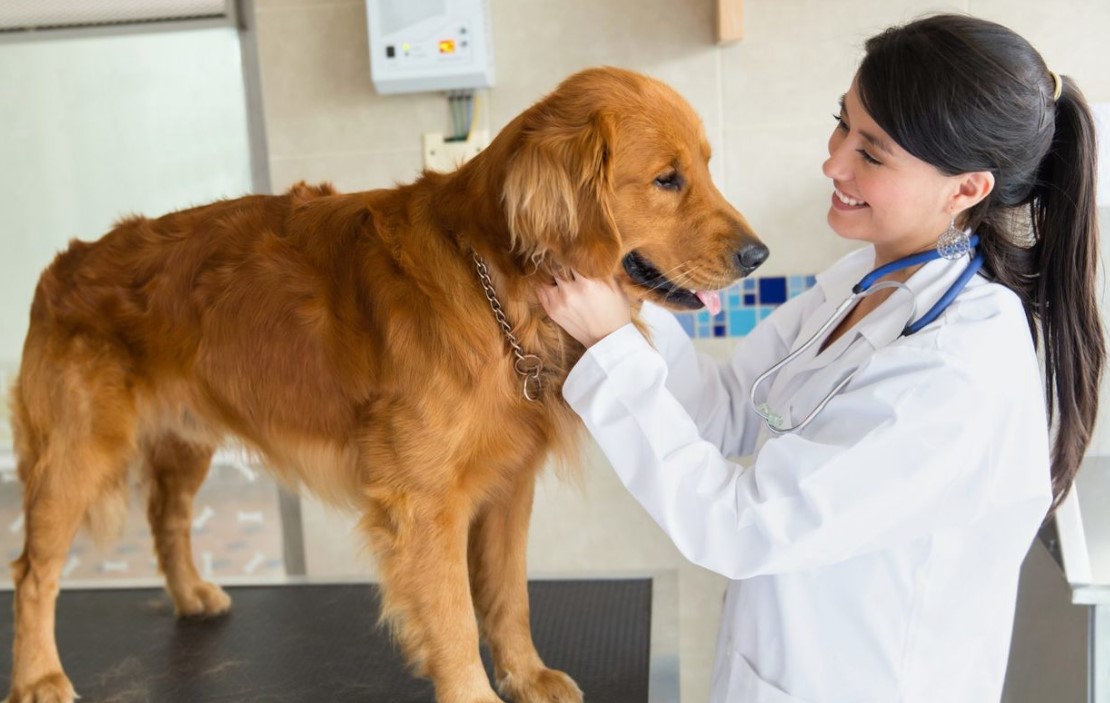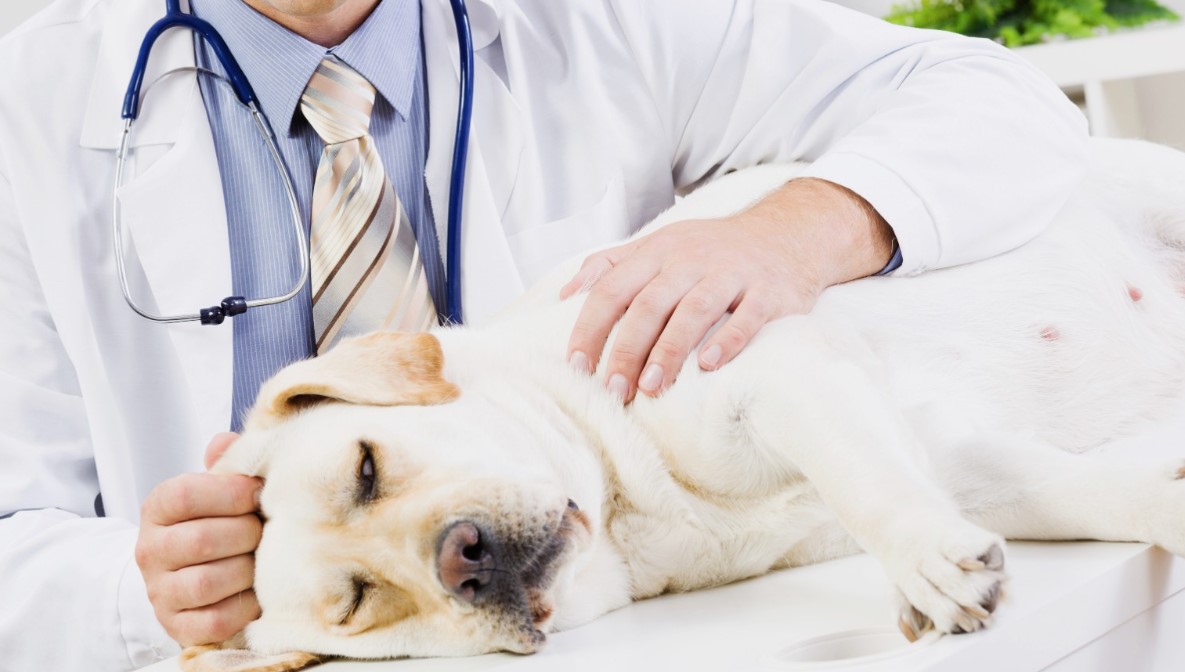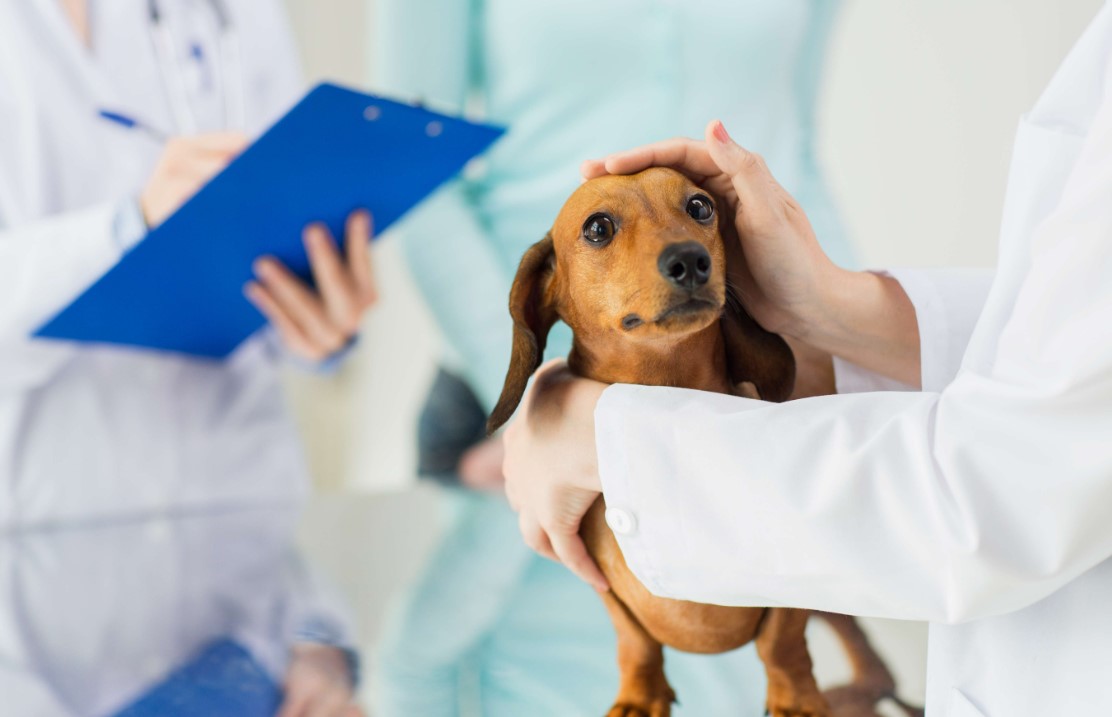Rabies is one of the most dreaded and deadly diseases that affect both animals and humans. It is a viral disease that targets the central nervous system (CNS) and leads to severe neurological symptoms, followed by death. The virus responsible for rabies belongs to the rhabdovirus family, a group known for its ability to invade the CNS, causing irreversible damage and death if left untreated. Rabies in dogs is particularly concerning because of the close relationship between dogs and humans, making timely prevention, including vaccines for puppies, essential not just for the health of pets but also for the safety of humans.
How Rabies are Transmitted in Dogs
Rabies is primarily transmitted through bites from an infected animal. When a rabid animal bites a dog, the virus, present in the infected animal’s saliva, enters the dog’s bloodstream. Once inside, the virus travels along the peripheral nerves toward the brain and spinal cord, where it begins to replicate and cause severe neurological damage. While bites are the most common mode of transmission, it is also possible for rabies to spread through saliva coming into contact with an open wound, a scratch, or mucous membranes such as the eyes, nose, or mouth.
Wild animals such as bats, raccoons, skunks, and foxes are common reservoirs of rabies. In regions where rabies is endemic, these animals pose a significant risk to domesticated pets like dogs, especially if they roam freely outdoors or interact with wildlife. Additionally, in some regions, feral dogs or stray animals may contribute to the spread of rabies.
The Incubation Period of Rabies
The period between exposure to the virus and the onset of symptoms is known as the incubation period, and in the case of rabies, this can vary greatly. In dogs, the incubation period can range from as little as 3-5 days to as long as several years, though most cases typically manifest within 1-3 months. Several factors influence the length of the incubation period, including:
- Location of the Bite
Bites closer to the brain (such as on the face or neck) tend to result in shorter incubation periods, as the virus has a shorter distance to travel. - Severity of the Bite
Deeper and more severe wounds allow more of the virus to enter the body, accelerating its progress. - Immune Response
The strength of the dog’s immune system may impact how quickly symptoms develop.

Once symptoms appear, rabies is almost always fatal, which is why prevention through vaccination is critical.
Forms of Rabies in Dogs
Rabies manifests in dogs in several forms, each with its own clinical signs and progression. The three primary forms are violent (furious) rabies, quiet (paralytic) rabies, and atypical rabies. Each of these forms represents a unique pattern of disease progression, with additional rare forms that present distinct clinical features.
1. Violent (Furious) Form of Rabies
The violent form of rabies, also known as furious rabies, is the most widely recognized and commonly reported form of the disease. It is characterized by extreme aggression and behavioral changes, making the infected dog highly dangerous. This form progresses through three distinct stages:
Prodromal Stage
The first stage of rabies, which lasts from 12 hours to 3 days, involves subtle signs such as restlessness, lethargy, and avoiding human contact. The dog may show unusual behavior, such as seeking out dark, quiet areas to hide in. Some animals may appear depressed, while others may exhibit increased anxiety.
Manic Stage
This is the most dangerous phase, during which the dog becomes highly aggressive and unpredictable. It may attack objects, other animals, and humans without provocation. During this stage, the dog loses its sense of fear, becoming fearless and agitated. This is the period when the risk of transmission is highest, as the dog’s saliva contains large quantities of the virus, and the dog may bite out of aggression.
Paralytic Stage
In the final stage of the violent form, the dog’s muscles begin to paralyze, starting with the larynx and jaw, which leads to difficulty eating and drinking. As the paralysis progresses, the dog becomes weak, unable to move its limbs, and eventually dies from respiratory failure or complete organ shutdown.
2. Quiet (Paralytic) Form of Rabies
In the quiet form of rabies, also known as paralytic rabies, the disease takes on a more subdued, yet equally deadly progression. Dogs in this form may appear unusually affectionate and show no signs of aggression, making it difficult to recognize the disease early. This form typically results in rapid paralysis, especially of the pharynx, jaw, and limbs, leading to death within a short time frame (usually 2-3 days).
Symptoms of the quiet form include:
Increased Salivation
Dogs may drool excessively due to paralysis of the throat muscles.
Disorientation and Staggering
The dog may appear uncoordinated or have difficulty walking.
Paralysis
Paralysis occurs quickly, starting with the head and throat and eventually spreading to the rest of the body.
This form of rabies is particularly insidious because the lack of aggression may lead pet owners to overlook the seriousness of the condition until it is too late.
3. Atypical Form of Rabies
The atypical form of rabies is a rare and slower-progressing variant. It is often mistaken for other illnesses due to its mild symptoms and extended course, which can last 2-5 months. Symptoms are less obvious and include:
🡪Lethargy and excessive drowsiness.
🡪Loss of appetite.
🡪Vomiting and potential traces of blood in the feces.
🡪Lack of interest in activities such as playing or interacting with family members.
This form of rabies can be especially tricky to diagnose and may be misinterpreted as a minor ailment or gastrointestinal issue until more severe symptoms appear.
4. Relapsing Form of Rabies
In the relapsing form, the disease progresses in a spasmodic pattern, where symptoms seem to come and go. The signs of rabies may disappear for a while, giving the false impression that the dog is recovering, only for the symptoms to return with increased severity. This type of rabies can last several months, with periods of apparent remission followed by periods of acute illness. During exacerbations, symptoms of furious rabies often appear.
5. Depressive Form of Rabies
The depressive form of rabies is another variant that destroys the dog’s body in a short time span of 2-4 days. There is no outward aggression, and the dog’s appetite and behavior remain largely normal at first. However, slight signs of weakness and fatigue are soon followed by a sharp decline in health. The most characteristic symptoms are:
🡪Excessive salivation.
🡪Lameness.
🡪Paralysis of the limbs and jaw.
The depressive form progresses very quickly, with death occurring shortly after the onset of symptoms.
6. Abortive Form of Rabies
The abortive form of rabies is an exceedingly rare and poorly understood form of the disease. What makes this form unique is that the dog appears to recover after the second stage of the illness, leading to an eventual cure. Such cases are rare and typically considered isolated clinical anomalies, with very little data available to explain why some animals may recover from rabies.
Recognizing the Symptoms of Rabies in Dogs
Rabies presents with a wide array of symptoms, which may vary depending on the stage and form of the disease. Some of the most common symptoms of rabies in dogs include:
- Scratching or biting at the bite site
Dogs may compulsively scratch or bite at the location where they were bitten by an infected animal. The wound may become inflamed, itchy, and fail to heal properly. - Behavioral changes
Dogs with rabies may show sudden personality changes, becoming lethargic or aggressive, hiding from bright lights, or exhibiting unprovoked aggression. - Perverted appetite
Rabid dogs often show abnormal eating behaviors, refusing their usual food but consuming garbage, stones, or other foreign objects. - Muscle weakness
Rabid dogs may tire quickly, lose interest in playing or physical activity, and show signs of weakness in their limbs. - Swallowing dysfunction
Dogs may struggle to chew food or swallow liquids, often choking on saliva or being unable to drink water. - Insomnia
Rabid dogs often become restless at night, struggling to sleep and behaving erratically. - Fever
The virus may cause a spike in the dog’s body temperature, resulting in fever ranging from 40-42 degrees Celsius.

Preventing Rabies in Dogs: The Importance of Vaccination
The most effective way to prevent rabies in dogs is through vaccination. Rabies is a preventable disease, and vaccination remains the cornerstone of rabies control. The World Health Organization (WHO) and other health authorities recommend regular rabies vaccinations for dogs as part of their routine care. Timely vaccination protects the dog, reduces the risk to other animals, and ensures the safety of humans who may come into contact with the infected pet.
Key Reasons for Vaccination
- Protecting the Dog
A vaccinated dog’s immune system is equipped to fight off the rabies virus if it is exposed. - Preventing Transmission
Vaccinated dogs are less likely to spread the virus to other animals or humans. - Human Safety
Rabies is a zoonotic disease, meaning it can spread from animals to humans, posing a severe risk to family members and the public.
Vaccination Schedule
Puppies should receive their first rabies vaccination at around 12 weeks of age. A booster shot is typically required a year later, followed by regular vaccinations according to local legal requirements. Many regions mandate annual or triennial rabies vaccinations for dogs.
Conclusion
Rabies in dogs is a highly dangerous and fatal disease, but it is preventable through regular vaccination. Understanding the various forms and symptoms of rabies is essential for early detection and prompt action. Owners must remain vigilant for any signs of the disease and ensure that their pets are vaccinated according to veterinary guidelines. By doing so, pet owners can protect not only their dogs but also their families and communities from the serious threat posed by rabies. Regular vaccinations and responsible pet ownership are the best defense against this deadly disease.
Fixie owner, maker, hiphop head, reclaimed wood collector and communicator, collector, connector, creator. Making at the crossroads of design and elegance to craft an inspiring, compelling and authentic brand narrative. I’m fueled by craft beer, hip-hop and tortilla chips.
